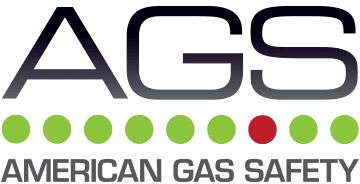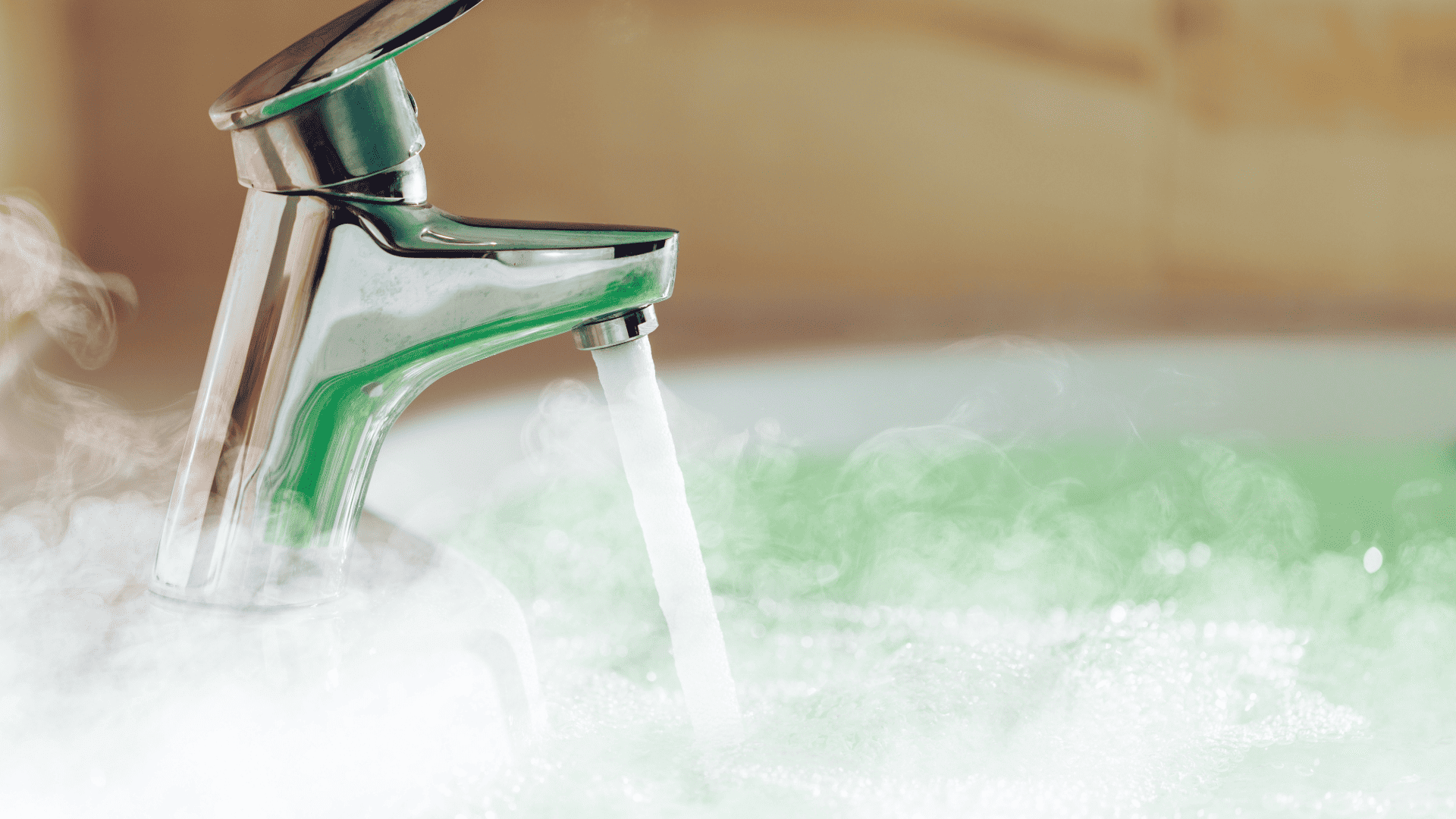Introduction:
In the realm of healthcare, patient safety is paramount. One often overlooked aspect of patient safety is water temperature. Proper monitoring of water temperature is crucial in healthcare facilities to prevent scalding injuries and ensure the comfort and well-being of patients. Let’s delve into the significance of water temperature monitoring systems in preserving patient safety.
What is a Water Tempeature Monitor?:
A water temperature monitor is a device designed to measure and regulate the temperature of water in plumbing systems. These monitors are equipped with sensors and control valves to ensure that water temperatures remain within safe and comfortable ranges.
Areas Where Water Temperature Monitoring is Essential:
Water temperature monitoring is indispensable in various healthcare settings, including hospitals, medical buildings, and nursing or care homes. It is particularly critical in areas such as patient rooms, bathrooms, and therapeutic facilities where patients may come into direct contact with water.
Code Requirements:
The California Plumbing Code 2022 mandates the installation of temperature control valves in domestic hot-water distribution systems for health facilities and clinics. These valves ensure hot water temperatures are regulated between 105°F and 120°F, with a high-temperature alarm set at 125°F. Furthermore, audible/visual alarms are required to annunciate at continuously occupied locations. Similarly, under the Wisconsin Plumbing Code 2022 for health care facilities, water provided to patient showers, therapeutic equipment, and baths must have control valves that automatically regulate temperatures between 110°F and 115°F. These valves are designed to reduce flow to 0.5 gpm or less if water supply exceeds 115°F or during cold water pressure loss, ensuring patient safety and comfort.
The Importance of Water Temperature Monitoring:
Maintaining proper water temperature is essential for preventing scalding injuries, especially among vulnerable populations such as the elderly, children, and individuals with sensory impairments. Additionally, controlled water temperatures contribute to patient comfort and satisfaction, promoting a positive healing environment.
The AGS Range:
Water temperature monitoring systems, such as the AGS Water Temperature Monitor (WTM), regulate the temperature of hot water delivered to plumbing fixtures used by patients. These systems ensure that water temperatures remain within safe ranges specified by relevant codes and standards, preventing both scalding injuries and discomfort due to excessively hot or cold water. The AGS WTM incorporates a simple user interface to reset and/or silence alarm condition. Minimum and Maximum permitted water temperatures are configurable via the internal switch and fascia controls upon installation.
Conclusion:
The safety of first responders is paramount, both on the front lines and within their own work environments. Gas control systems play a vital role in protecting firefighters, paramedics, and other personnel by mitigating the risks associated with gas usage in firehouses and emergency service stations. With advanced solutions like those offered by AGS, we can ensure that our first responders are safe and well-equipped to carry out their critical missions.

